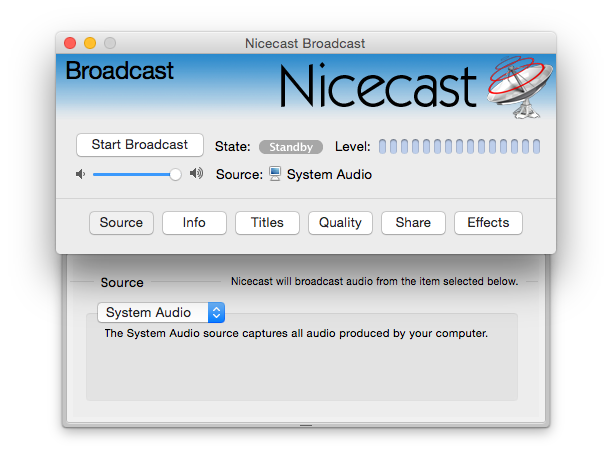


Two of the main requirements of an AGC system in a superheterodyne receiver are that it should ensure that the audio or other output does not vary over such a wide range that the audio output continually needs adjusting. Unfortunately this is not always easy to achieve and sometimes a poorly implemented AGC can detract from the reception under some circumstances. AGC requirementsĪn automatic gain control needs to be implemented so that it enhances the reception. Whilst the automatic gain control still serves to control the output volume, a well designed AGC system will also help ensure that the receiver does not become overloaded in the presence of strong signals. To combat these types of issue, the automatic gain control or automatic volume control was introduced - the term automatic volume control, AVC being used considerably less widely these days. Also when using a radio in a vehicle on AM, large variations in signal strength can occur.

Large variations in signal caused by fading on the medium wave broadcast bands or on the short wave bands can lead to large changes in volume at the output of a radio if no action is taken. Accordingly the AGC was also often called an automatic volume control or AVC. The automatic gain control, AGC, was introduced to stop variations in signals causing large variations in the received volume. Superhet radio Superhet theory Image response Block diagram / overall receiver Design evolution Double & multi-conversion superhet Specifications Superhet Radio AGC - Automatic Gain Control The automatic gain control, AGC within a superhet radio enables the gain of the receiver to be controlled to level the audio output, but to prevent overloading.īlock diagram / overall receiver RF amplifier & tuning RF mixer IF amplifier & filter Automatic gain control, AGC


 0 kommentar(er)
0 kommentar(er)
